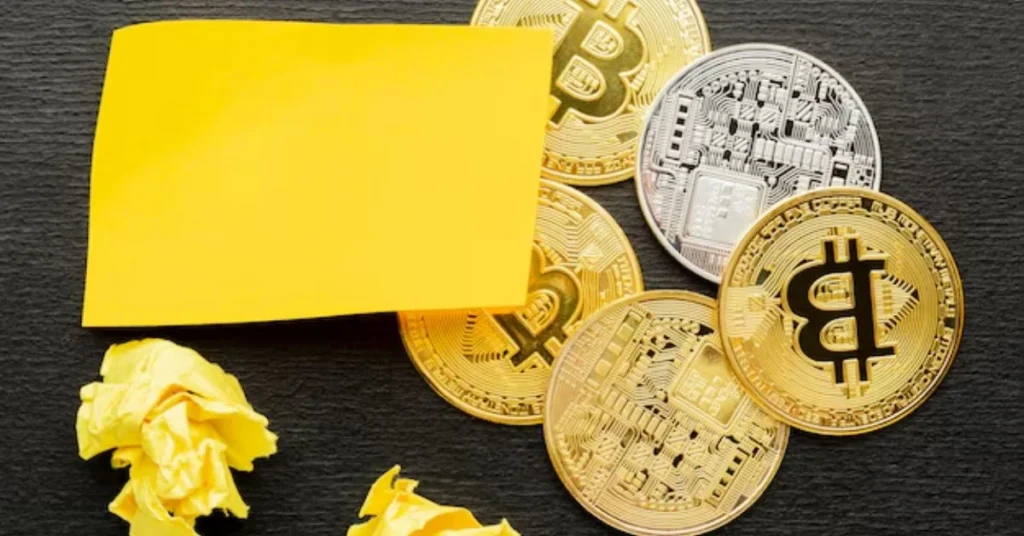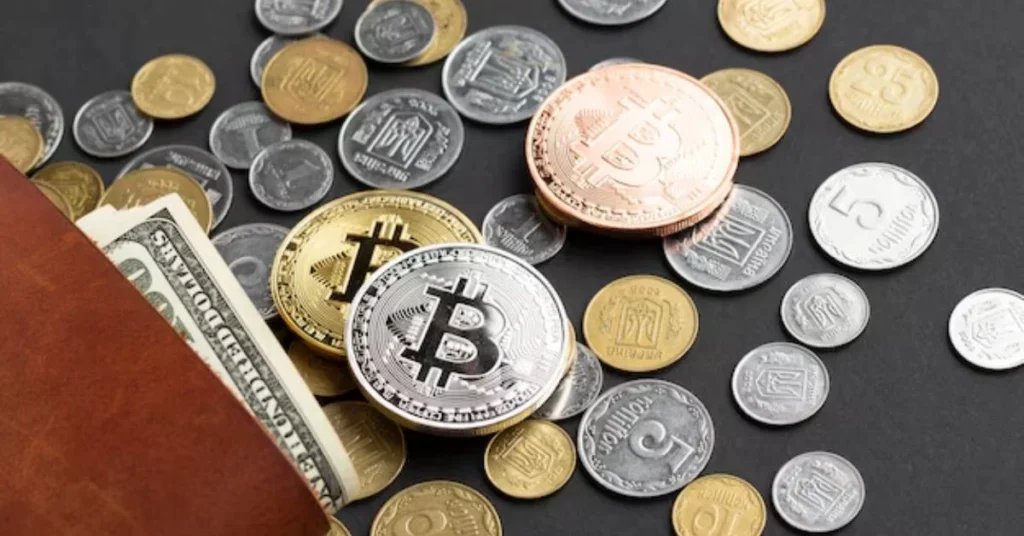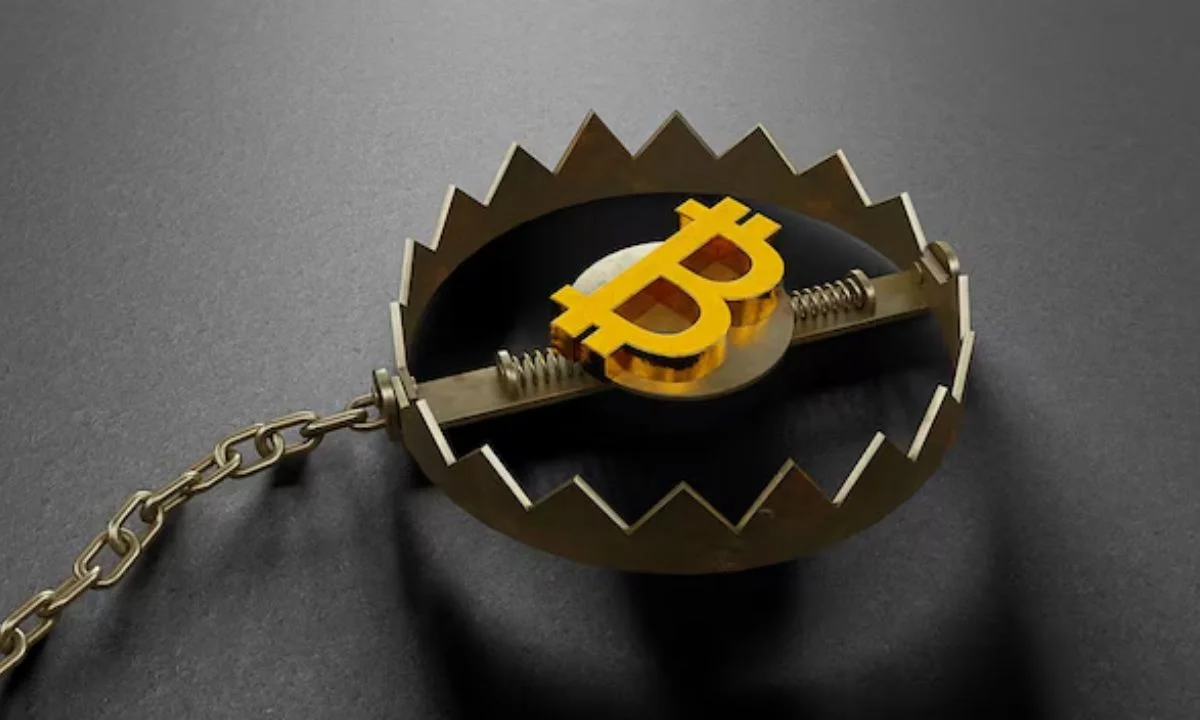Wrapped Bitcoin Ordinals are rapidly gaining traction in the world of digital assets. At its core, this innovation merges the concept of Ordinals—unique identifiers on the Bitcoin network—with the flexibility and utility of wrapped assets. But why all the buzz? What do BTC ordinals offer, and how are they changing the landscape of blockchain and digital ownership? In this post, we’ll explore the intricacies of BTC ordinals, how they work, and why they’re vital for the future of cryptocurrency.
What are Wrapped Bitcoin Ordinals?
To grasp wrapped Bitcoin ordinals, we must first break down its two components: Bitcoin Ordinals and wrapped assets.
Ordinals, in their simplest form, are serial numbers that allow users to track individual satoshis (the smallest unit of Bitcoin) on the blockchain. This unique feature of the Bitcoin network provides a way to assign meaning or value to specific satoshis. Bitcoin Ordinals have given rise to new use cases, from NFTs to asset tokenization.
On the other hand, wrapped assets are digital tokens that represent another cryptocurrency. In the case of Wrapped Bitcoin (WBTC), this token represents Bitcoin on blockchains that aren’t inherently compatible with it, such as Ethereum. WBTC allows users to bring the value of Bitcoin into more versatile ecosystems, enabling more use cases, especially within decentralized finance (DeFi).
BTC ordinals combine these two powerful concepts. They offer unique, trackable Bitcoin units that can operate across various blockchain networks, increasing liquidity and use cases while maintaining a connection to Bitcoin’s decentralized nature.
Must read Exploring FintechZoom Crypto: The Future of Digital Finance

Why Wrapped Bitcoin Ordinals Matter in the Crypto Space
The rise of BTC ordinals is more than just a technical innovation—it signifies a major shift in the blockchain ecosystem. Here’s why:
Enhanced Liquidity
By enabling Bitcoin to flow seamlessly between different blockchains through wrapping, BTC ordinals bring greater liquidity to the ecosystem. Users can now leverage their Bitcoin in DeFi protocols, decentralized exchanges, and other networks without moving away from the security and stability of the Bitcoin blockchain.
Cross-Chain Functionality
BTC ordinals allow Bitcoin to participate in applications beyond its native chain. Whether it’s NFTs, gaming assets, or DeFi solutions,wrapped BTC tokens provide an avenue for Bitcoin holders to engage in a wider variety of decentralized applications.
New Use Cases
Ordinals have already introduced new possibilities for Bitcoin, especially in the realm of non-fungible tokens (NFTs). Wrapped BTC tokens extend this concept even further. Imagine owning a satoshi tied to a rare digital artwork that can be traded across different networks—this is now a reality thanks to this innovative blend.
Security & Trust
Since these ordinals are backed by Bitcoin, they inherit its robust security features. Trust is a critical component of digital transactions, and wrapped BTC tokens ensure that users maintain confidence while trading or using their assets in various applications.
Scalability
Another critical advantage is the scalability offered by wrapped BTC tokens. Bitcoin, by design, has limited scalability due to its block size and transaction throughput. By wrapping Bitcoin into ordinals that operate on faster blockchains, users can enjoy quicker and more cost-efficient transactions while still utilizing Bitcoin’s value.

How Wrapped Bitcoin Ordinals Work in Practice
Now that we understand the importance of wrapped digital assets, let’s break down how they function technically.
- Creation of Ordinals: First, a user designates a specific satoshi as an ordinal. This satoshi now has its own identity on the Bitcoin blockchain. Ordinals can carry extra data or metadata, such as links to digital assets or unique identification numbers.
- Wrapping the Ordinal: The next step is wrapping. The ordinal, representing a specific satoshi, is tokenized on another blockchain—most commonly Ethereum. This process involves locking the original Bitcoin ordinal and minting an equivalent token on the new blockchain.
- Cross-Chain Utilization: Once wrapped, the tokenized ordinal can be used in various decentralized applications. For example, it can be staked in a DeFi protocol, used as collateral, or traded on an NFT marketplace.
- Redeeming the Ordinal: Users who want to return their wrapped Bitcoin ordinal to its original state can redeem it. This process burns the wrapped token on the external blockchain and unlocks the original Bitcoin ordinal.
This seamless wrapping and unwrapping process allow Bitcoin to interact with other ecosystems while retaining its core features.
Wrapped Bitcoin Ordinals and Their Role in DeFi
Decentralized finance (DeFi) is one of the main arenas where wrapped digital assets shine. DeFi protocols require liquidity and tokenized assets to function optimally, and the wrapped Bitcoin ordinal model can deliver just that.
Yield Farming & Staking
With wrapped digital assets, users can stake their assets in DeFi protocols to earn yield. These returns are generated through interest payments, network fees, or participation in liquidity pools, increasing the utility of otherwise stagnant Bitcoin holdings.
Borrowing & Lending
BTC ordinals can be used as collateral in borrowing and lending platforms. By tokenizing their Bitcoin, users unlock new liquidity without having to sell their underlying Bitcoin assets. This increases flexibility and opens up avenues for more complex financial strategies.
Decentralized Exchanges (DEXs)
Wrapped digital assets are traded on decentralized exchanges just like any other cryptocurrency token. Since they represent Bitcoin, these tokens often have high liquidity and demand, making them attractive for traders.
Interoperability Across DeFi
As DeFi continues to grow across multiple blockchain platforms, interoperability becomes key. BTC ordinals allow Bitcoin holders to engage with these multi-chain DeFi ecosystems, enhancing the overall utility and flexibility of their assets.

The Future of BTC Ordinals: Potential and Challenges
The future of wrapped Bitcoin ordinals looks bright, but it’s not without challenges.
On the one hand, these ordinals expand the utility of Bitcoin in ways previously thought impossible. As more decentralized applications emerge, BTC ordinals will likely see wider adoption, particularly in fields like gaming, real estate tokenization, and even identity management.
However, with innovation comes hurdles. Regulatory issues loom large, as governments worldwide grapple with how to treat these cross-chain assets. Additionally, there’s the question of security. While Bitcoin is highly secure, the networks onto which these ordinals are wrapped may not always be as resilient.
Nonetheless, the potential is vast, and as blockchain technology evolves, BTC ordinals could serve as a critical bridge between Bitcoin and the ever-expanding decentralized world.
Conclusion
Wrapped Bitcoin ordinals represent a thrilling step forward in the evolution of cryptocurrency. By combining the unique properties of Bitcoin with the flexibility of wrapped assets, they open the door to new use cases and greater liquidity. Whether it’s in DeFi, NFTs, or decentralized apps, BTC ordinals could reshape how we think about Bitcoin’s role in the digital world. As technology advances, the possibilities for BTC ordinals seem endless, making them a development worth watching closely in the crypto space. Visit here for more information.
What are wrapped Bitcoin ordinals?
BTC ordinals are digital assets that combine Bitcoin Ordinals with wrapped assets, allowing Bitcoin to operate across different blockchains while maintaining its unique identity.
How do BTC ordinals benefit Bitcoin holders?
They enhance Bitcoin’s liquidity, enable cross-chain functionality, and open new use cases like DeFi participation and NFT ownership, all while maintaining Bitcoin’s security.
Are BTC ordinals safe to use?
Yes, since they are backed by Bitcoin’s blockchain. However, risks may arise from the blockchains they interact with, so it’s essential to understand the security measures of those networks.
How can I wrap and unwrap Bitcoin ordinals?
To wrap an ordinal, you lock it on the Bitcoin network and mint a wrapped token on another blockchain. Unwrapping involves burning the token and unlocking the original ordinal.
What future applications could BTC ordinals have?
The future may see these ordinals used in diverse fields, including decentralized gaming, real estate, and identity management, expanding Bitcoin’s utility.
